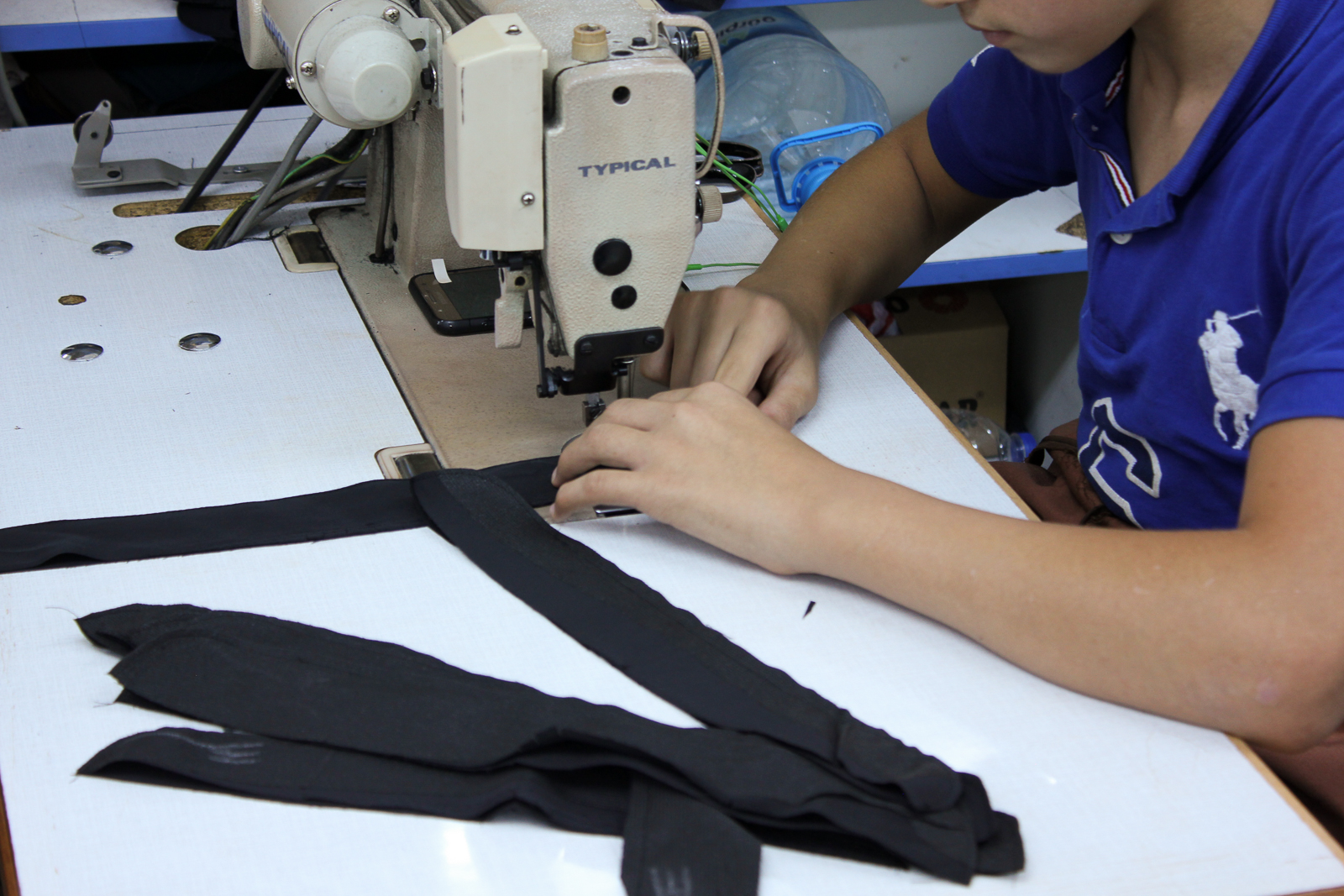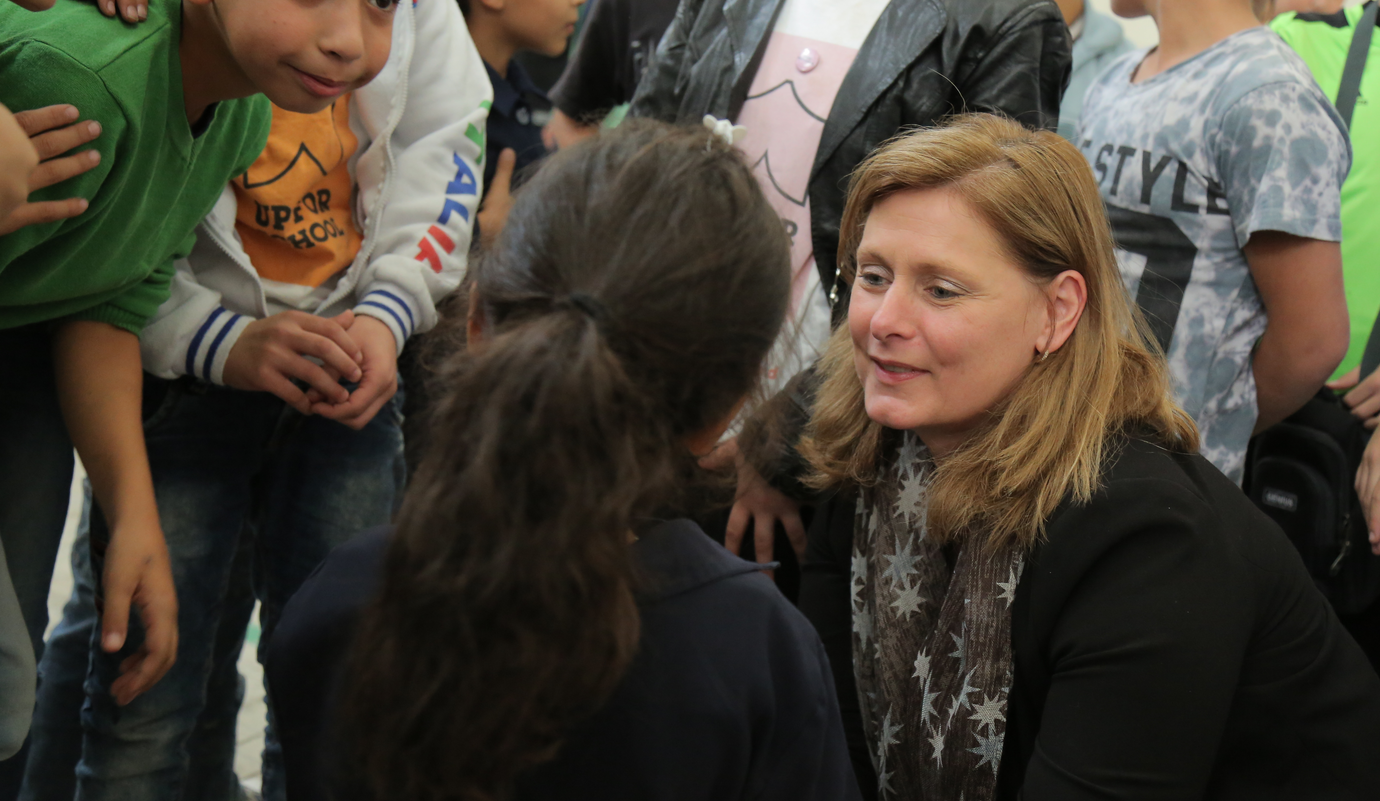
Helping children stay in school is key to ending child labour
Barriers to education, Child labour, Right to education
But countries need to do much more to ensure access to education, experts argued at a global conference in Argentina.
Access to education is key to ending child labour – but many countries are not investing enough to rescue some 150 million children globally from often hazardous work.
When schools offer meals, transport and occupational training, children can often stop working, experts argued yesterday at the fourth annual Global Conference on the Sustained Eradication of Child Labour in Argentina.
“We need to work hand in hand with the government so the facilities are there when we get a child out of work and back into education,” said Hillary Yuba of the Progressive Teachers’ Union of Zimbabwe.
Ending child labour by 2025 is one of 17 ambitious Sustainable Development Goals that the United Nations adopted in 2015, aimed at ending poverty and inequality.

Nearly one in 10 children around the world work, the leading UN anti-slavery group says. Half of them do hazardous work and more than a third do not go to school.
“The future is going to be a world free of forced labour and child labour,” said Guy Ryder, director-general of the UN labour agency, the International Labour Organization.
“There’s no excuse … We know what those choices are.”
Many countries are failing to meet commitments made in international treaties against child labour, experts said in Buenos Aries.
“This is the challenge of our century,” said Mohamed Ben Omar, minister of labour in Niger, where a population boom means the number of school-age children is growing. “The investment just isn’t there.”
152m child labourers
An estimated 152 million children around the world work – more than half of them in hazardous jobs.
The incidence of child labour in countries affected by armed conflict is 77% higher than the global average, said a new ILO report.
An injection of $39 billion could provide quality pre-primary, primary and secondary education to all children by 2030, said children’s activist Kailash Satyarthi, who was awarded the Nobel Peace Prize in 2014.
Many countries have abolished fees that keep poor children out of school but there are often hidden costs like uniforms and transport, he told the Thomson Reuters Foundation.
He has been campaigning to encourage legislators to return to their schools and engage with children.
“The youth are my hope,” he said.
Paraguay has invested heavily in education, providing transport and occupational training, in an effort to eliminate child labor, said labour minister Guillermo Sosa Flores.
“We also introduced lunch and afternoon tea,” he said, adding that schools in Paraguay also teach skills such as having self-esteem and positive attitudes toward learning and work.
More news

“Education can help to end child trafficking”
